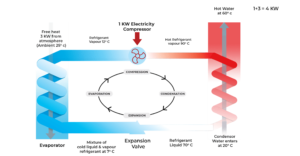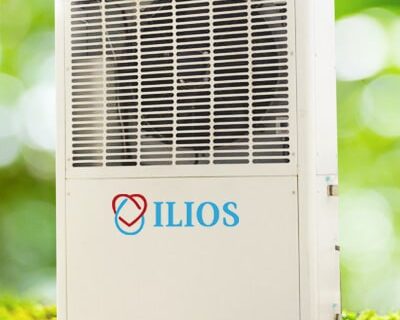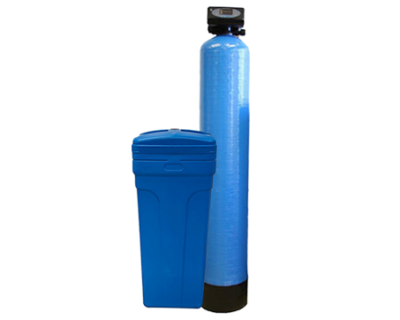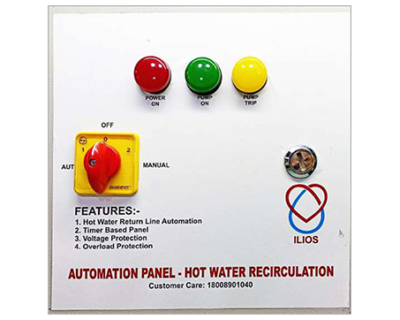Blog

Heat Pump Installation: Your Key to Year-Round Comfort and Savings
As we continue to search for more efficient and sustainable ways to heat and cool our homes, heat pump installation has become an increasingly popular choice. If you’re considering upgrading your HVAC system, a heat pump might be the perfect solution. In this blog, we will explore what heat pumps are, their benefits, and why you should consider a heat pump installation for your home. Let’s dive in!

What is a Heat Pump?
A heat pump is an energy-efficient device that can both heat and cool your home. Unlike traditional furnaces and air conditioners that generate heat or cool air, heat pumps transfer heat from one place to another. During the winter, a heat pump extracts heat from the outside air (even when it’s cold) and transfers it indoors. In the summer, it works in reverse, removing heat from inside your home and releasing it outside.
Why Consider a Heat Pump Installation?
Energy Efficiency: One of the primary reasons homeowners opt for heat pump installation is their remarkable energy efficiency. Heat pumps can be up to 300% more efficient than traditional heating systems. This means they can produce three units of heat for every unit of electricity consumed, leading to significant energy savings.
Cost Savings: Due to their high efficiency, heat pumps can lower your utility bills. Although the initial heat pump installation cost might be higher than other systems, the long-term savings on energy bills make it a cost-effective choice.
Environmental Benefits: Heat pumps use less electricity than conventional heating and cooling systems, reducing your carbon footprint. By choosing a heat pump installation, you’re making an eco-friendly choice that helps to combat climate change.
Year-Round Comfort: One of the unique advantages of heat pumps is their ability to provide both heating and cooling. With a heat pump installation, you get a two-in-one system that keeps your home comfortable all year round.
Low Maintenance: Heat pumps require less maintenance compared to traditional HVAC systems. Regular cleaning and annual professional check-ups are usually sufficient to keep them running smoothly.
Safety: Heat pumps are safer to operate than combustion-based systems, such as gas furnaces. They don’t burn fuel, which eliminates the risk of carbon monoxide poisoning and reduces fire hazards.
Types of Heat Pumps
When considering heat pump installation, it’s essential to know the different types available:
Air Source Heat Pumps: These are the most common type and are suitable for most homes. They extract heat from the outside air and are relatively easy to install.
Ground Source (Geothermal) Heat Pumps: These pumps use the stable temperature of the ground to provide heating and cooling. While they are more efficient than air source pumps, they require more extensive installation, including underground piping.
Water Source Heat Pumps: These systems extract heat from a water source, such as a lake or pond. They are less common and depend on the availability of a suitable water source.
Hybrid Heat Pumps: These combine a heat pump with a traditional heating system, such as a gas furnace. They can switch between the two sources based on which is more efficient at the time.
Steps to Heat Pump Installation
If you decide that a heat pump installation is right for you, here are the steps typically involved:
Assessment: A professional HVAC technician will assess your home to determine the best type and size of heat pump for your needs.
Choosing a Unit: Based on the assessment, you’ll select a heat pump model. Factors to consider include efficiency ratings, size, and features.
Installation: The technician will install the indoor and outdoor units. For air source heat pumps, this involves mounting the outdoor unit and connecting it to the indoor air handler. Ground source installations require digging to lay the underground pipes.
Testing: Once installed, the system will be tested to ensure it’s operating correctly and efficiently.
Education: The technician will show you how to use and maintain your new heat pump system.
Maximizing Efficiency Post-Installation
To get the most out of your heat pump installation, follow these tips:
Regular Maintenance: Keep your heat pump in top condition with regular maintenance. Clean or replace filters every few months and schedule annual professional inspections.
Proper Use of Thermostat: Use a programmable thermostat to set your heat pump to run efficiently. Avoid drastic temperature changes, as they can reduce efficiency.
Sealing and Insulation: Ensure your home is well-insulated and sealed to prevent heat loss. This enhances the efficiency of your heat pump.
Use Fans: In the summer, use ceiling fans to help circulate cool air, reducing the load on your heat pump.
Conclusion
A heat pump installation is an excellent investment for homeowners looking to improve energy efficiency, reduce utility bills, and minimize their environmental impact. With the ability to provide both heating and cooling, heat pumps offer year-round comfort and convenience. While the initial cost can be higher, the long-term benefits make it a worthwhile choice for many households. If you’re ready to upgrade your home’s HVAC system, consider a heat pump installation and enjoy the myriad benefits it brings.
In summary, heat pump installation is a smart move for any homeowner looking to enhance their home’s comfort and efficiency. With the right type of heat pump and proper maintenance, you can enjoy a reliable, cost-effective, and environmentally friendly heating and cooling solution for years to come.




